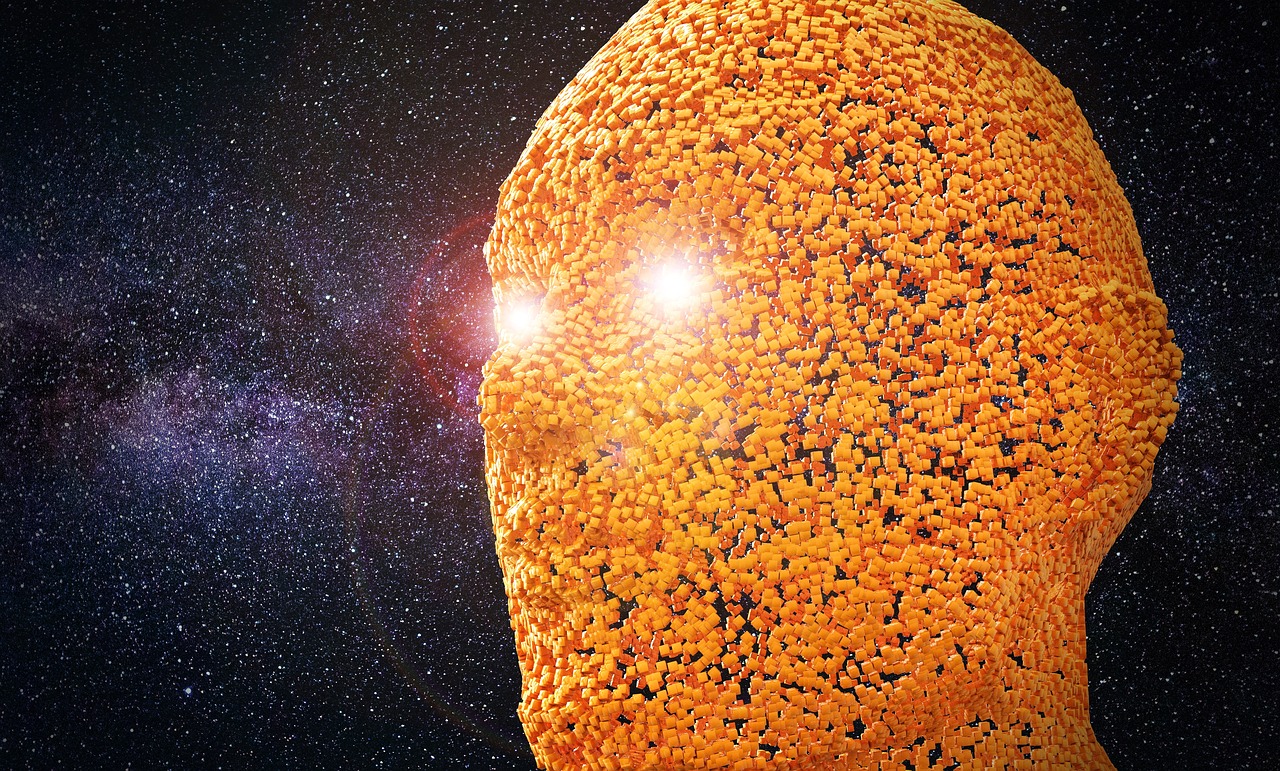Alien life: What would constitute “smoking gun” evidence?

- For decades, some scientists have claimed to have found evidence for alien life, but the claims are not widely accepted.
- There likely will be no “smoking gun” evidence for the existence of extraterrestrial life.
- Future missions need to focus on finding microbes.
Controversial claims about finding extraterrestrial life started with the very first NASA mission to go looking. After two Viking landers touched down on Mars in 1976, inconclusive results from multiple onboard experiments led the agency to pronounce that the Red Planet is probably lifeless. One member of the Viking team didn’t accept that verdict, however. Right up until his death last year, Gil Levin, principal investigator for the mission’s labeled release experiment, never grew tired of arguing that his experiment had in fact detected biological activity. Levin’s arguments were taken seriously, even if most scientists stuck to the original consensus.
We want to believe
The most spectacular claim regarding Martian life came 20 years later, when a team led by David McKay of NASA’s Johnson Space Center presented what they believed was evidence of fossil life in Martian meteorite ALH 84001. Their paper, published in Science magazine, even led president Bill Clinton to hold a press conference, rare for any scientific announcement. Ultimately, though, most scientists walked away unconvinced that McKay’s “fossils” couldn’t be explained in some other, more mundane, way.
More recently, a reported detection of phosphine gas in the clouds of Venus led a group of researchers to suggest that life might be present after they ruled out non-biological sources. When critics questioned whether they had in fact found phosphine, the authors revised the amounts but stood by their conclusion. If they are right, either living organisms are producing the gas or some physical process is involved that we don’t understand. The debate is still on-going, but as of today, most planetary scientists remain agnostic about the claim.
In the end, no claim to have found extraterrestrial life has ever gained wide acceptance in the scientific community. Perhaps embarrassed by the letdowns following past announcements, NASA recently proposed a more structured approach to making such claims. They call it the Confidence of Life Detection (CoLD) scale. Similar to the Torino Scale used to assess the probability of a large asteroid hitting Earth, it consists of seven benchmarks to quantify how much confidence the public should have that extraterrestrial life has indeed been found. That sounds sensible at first glance, but it could have the unintended consequence of censoring scientists who dare even to suggest such a thing. Many researchers argue that the existing peer review process is well suited to settling whether a certain signal can be attributed to life or not.
Is there a “smoking gun” for alien life?
So where does that leave us? Is there a smoking gun that would prove the presence of extraterrestrials beyond the shadow of a doubt? The current consensus is that no single measurement will suffice. Several independent observations will have to point to the same conclusion. Even then, it is likely to be controversial.
Personally, I think we will have to see extraterrestrial life to believe it. We will need a microscope on Mars, Titan, or some other world that can observe the alien microbe wiggling around, feeding, and exchanging materials with its environment. Not only that, it will have to be different enough from terrestrial organisms to allay any doubt that it could be contamination from Earth — but not so different that we cannot recognize it as life. The best, of course, is if it turns to us and says, “Hello.” Only then will the last skeptic be convinced.
It’s a daunting problem. Virtually any chemical indicative of life on another world could also be the result of non-biological processes, known or unknown. An atmosphere enriched in oxygen, like our own, would not be proof enough. Consider Jupiter’s moon Europa. A large asteroid impact could have volatilized ice on the surface, creating a water vapor atmosphere. Radiation from Jupiter could then have split the water molecules into oxygen and hydrogen, leaving the lighter hydrogen to escape to space and the heavier oxygen to be left behind. Just as with Europa, the discovery of oxygen in an exoplanet’s atmosphere, exciting at first, could turn out to have a purely physical explanation.
Finding large amounts of big organic molecules like chlorophyll in an alien atmosphere would be more exciting, since they are not known to form under abiotic conditions. By itself, however, that wouldn’t likely be proof enough. There would always be the nagging suspicion that some unknown non-biological chemistry is responsible.
SETI is plagued by similar doubts. Even if we receive what appears to be radio signals from a technologically advanced civilization — as happened with the famous “Wow!” signal in 1977 — it will be difficult to draw hard conclusions. That signal never repeated, and most scientists considered it unlikely to be an alien communication.
Now, the good news. Even when future claims regarding extraterrestrial life don’t pan out, the resulting debate can still have a positive effect by spurring new research. The would-be fossils in the Martian meteorite ALH84001 led to funding the NASA Astrobiology Institute, and the phosphine controversy has bolstered the case for new Venus missions, three of which are now in the works.
If we are serious about looking for microbial life on other worlds, we have to try harder to find it. Viking is still the only dedicated astrobiology mission ever launched. A new life detection mission is overdue and should include a microscope with the capability to observe microbes. The Rosalind Franklin rover included on Europe’s ExoMars mission would have been a good step in the right direction because it was designed to drill into the Martian subsurface and analyze any recovered organic molecules. Sadly, it has been delayed due to the current war in Ukraine.
Finding a smoking gun for extraterrestrial life has so far proven elusive. And it will remain so if we don’t gear up for the challenge.





